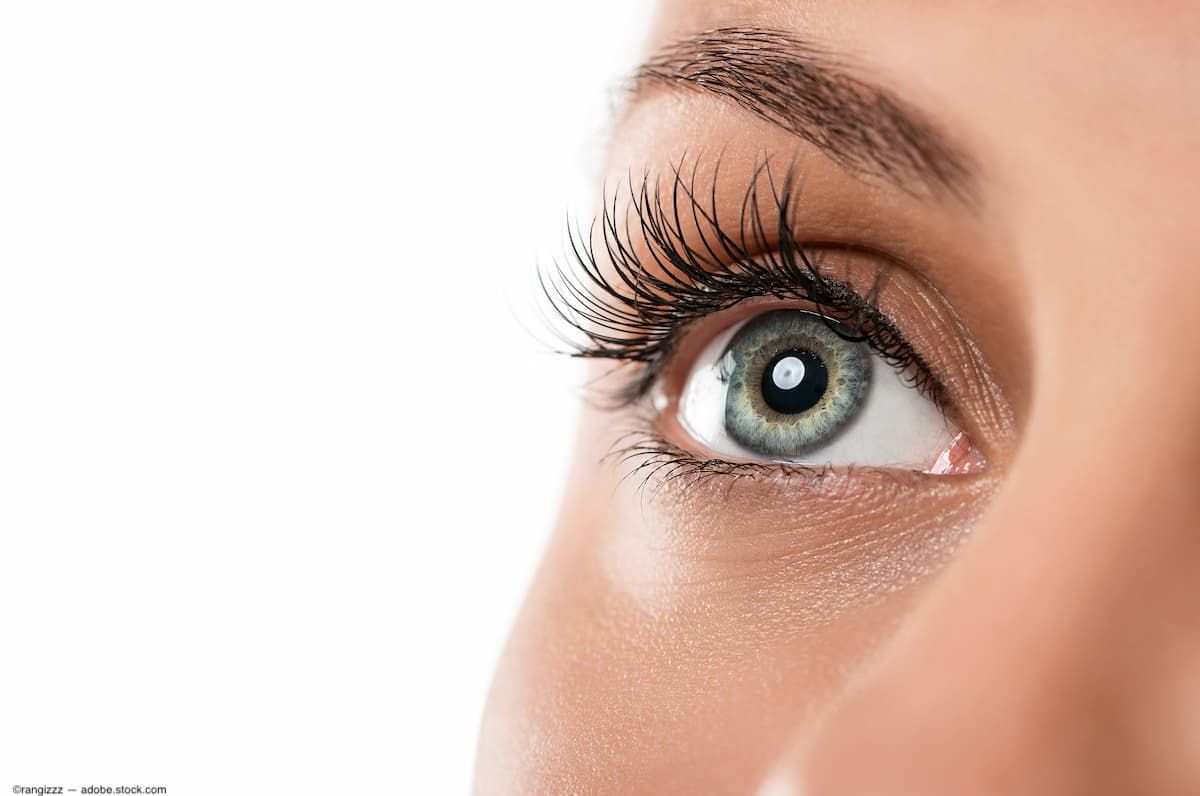ICTER researchers achieve potential breakthrough in the diagnosis of eye diseases
Researchers at the Warsaw, Poland-based International Center for Translational Eye Research decided to change that by introducing a new imaging method derived from optical coherence tomography. This led to the creation of even more advanced spatio-temporal optical coherence tomography.
(Image Credit: ©rangizzz - Adobe.Stock.com)

Humans each have a pair of eyes with up to 6 million cones and 120 million rods, a true gift bestowed by nature to last a lifetime. However, when one of these components develops a problem, the sooner it is detected by an ophthalmologist, the greater the chance for a positive outcome.
Across the field of ophthalmology, diagnostic tools are well-developed, but they can be improved and a team of researchers at the Warsaw, Poland-based International Center for Translational Eye Research (ICTER) are contributing to this.
The eye is nature's unique window to the world that opens in two different ways, leading to entirely different realms. On the one hand, it allows humans to observe the external world, and on the other, it enables physicians to peer inside - into the depths of the body, uncovering the signs of developing diseases. Unfortunately, more than 280 million people worldwide suffer from vision problems. Aging, air pollution, poor hygiene, injuries, and genetic predispositions dimming the light and closing the window to the world.
"The human eye is an extraordinary organ, which by its complexity is unmatched by anything on Earth and probably in the Universe,” Maciej Wojtkowski, PhD, chairman of the International Centre for Translational Eye Research (ICTER), said in a news release. “However, it is such a sensitive organ that sooner or later, each of us will experience some problems with it.”
Progress made by researchers allows ophthalmologists to manage cataracts or glaucoma quite effectively, but in the case of many vascular diseases, humans are still vulnerable. Conditions such as age-related macular degeneration (AMD), diabetic retinopathy, or retinal vascular obstruction can rob patients of their sight. There is a glimmer of hope carried by researchers from ICTER.
Precision tool for ophthalmologists
According to the center, One of the most fundamental and accurate tests used in eye disease diagnostics is optical coherence tomography (OCT). It allows the individual eye structures to be viewed in detail, but when used for early detection of subtle pathological changes, it becomes much more challenging.
Researchers at ICTER decided to change that by introducing a new imaging method derived from OCT. This led to the creation of even more advanced spatio-temporal optical coherence tomography (STOC-T), which suppresses noise and enables the acquisition of precise images, thereby facilitating the diagnosis of early-stage disease changes. One of the applications of the STOC-T technology is optoretinography (ORG).
According to the ICTER news release, the solution developed by the center is key for advancing the understanding of ocular disease diagnostics. Instead of scanning the eye with coherent light (as in traditional OCT), STOC-T uses several hundred different laser patterns to illuminate the retina within nanoseconds, capturing the reactions to
Through the computational analysis of gigantic datasets, doctors receive more precise and sophisticated information about the eye's condition. This method significantly improves the visualization of retina and choroid images, which until now was not possible.
Olaf Strauss, PhD, an experimental biologist at Charité - Universitätsmedizin Berlin, is conducting research aimed at finding methods for treating blindness.
“Eye function is more critical than structure because often in the course of a disease, we first observe changes in function preceding changes in structure,” Strauss said in the news release. “Therefore, highly sensitive measurements of eye function are crucial for monitoring and detecting pathological changes in tissue.”
A breakthrough in diagnosis
According to the center, the technology will allow ophthalmologists to diagnose eye diseases much faster and more efficiently. The patient examination itself will take only one-hundredth of a second (compared to several minutes for current OCT examinations). An ultra-fast camera, capable of capturing 100,000 frames per second, sends large data sets to a computer and allows the receptors' response to light to be observed.
ICTER noted in the release its software processes this data and creates an image that can be compared to what a microscope provides. Currently, ICTER is studying the specific receptor movements associated with certain diseases. This will enable fast and more precise diagnoses of many eye diseases, as well as post-therapy monitoring.
Wojtkowski pointed out in the news release that early diagnosis of these conditions could ultimately reduce the damaging effects in about 90% of the cases.
“By employing the STOC-T research method, we provide the opportunity for in-vivo studies of pharmacological therapies, supplying essential information about the quality and efficacy of proposed eye disease treatments," Wojtkowski said in the ICTER news release.
Moreover, the researchers noted in the release that with STOC-T technology, a clinical research market for cutting-edge eye therapies, including gene therapies, could emerge. Furthermore, the STOC-T diagnostic equipment is compact and portable, making it suitable for any ophthalmology clinic once commercialized.
